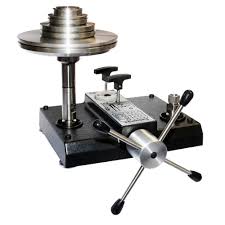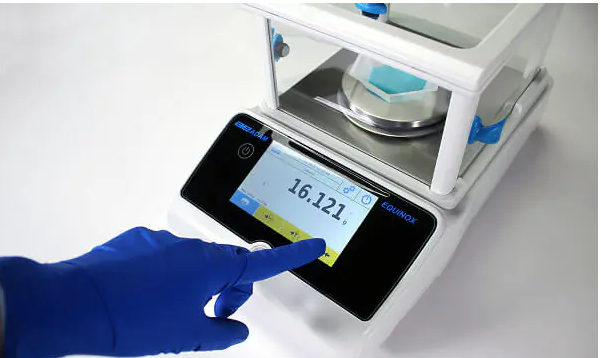
This module focuses on the Distributed Control System (DCS) in Oil/Gas facilities, covering its function, main elements, architecture, control loop concept, typical continuous and discrete control loops, DCS power supply, power interruption effect, advantages and disadvantages, DCS Bailey INFI-90 overview, BAiley DCS INFI-90 hardware components, BAiley DCS functional blocks, INFI-NET data highway interfaces, DCS alarm management system, DCS Loop Drawing, typical examples, LER PCU Cabinet typical layout, and PCU cabinet architecture.
DCS is a control system where components are distributed around process areas, operating as independent units. Single-loop controllers and computers are designed to work together as one system, with analog-to-digital and digital-to-analog converters built into the controllers and computers. These controllers fit into racks, requiring less space and cost than traditional analog panels. Analog-to-digital and digital-to-analog converters are built into the controllers and computers, eliminating the need for separate modules.
A microprocessor-based controller can deal with multiple control loops, and once the memory attached to the microprocessor is configured for individual control loops, the controller will service its control loops using the last instructions received. The module also covers the advantages and disadvantages of DCS, including the advantages and disadvantages of DCS, the advantages and disadvantages of DCS, and the layout and architecture of the PCU cabinet.
The Operator Interface and Controller communicate over a data link, typically a network, to issue instructions such as changing SP or control mode. The Network between the Operator Interface and the Controller requires a single coaxial cable for data transfer, with electronic circuits in both units enabling communication. However, concerns about network failure and loss of communications arise. To address this, two Network coaxial cables are usually used: an active cable for communication and a passive cable for listening only.
Other units, such as controllers and process units, can be joined onto the network, provided the network communication is not overloaded. Each unit has a printed circuit board to accept and generate communications transmissions, on which the data coaxial cable can be joined at a tee junction.
The Distributed Control Concept addresses two major problems faced by designers and users in earlier systems: additional computers required for continuous production and extended data communication paths leading to data corruption and system integrity loss. To overcome these issues, a fresh look at the requirements of any distributed control system was necessary: database, configuration, and graphics.
The system database typically consists of inputs and outputs, with transmitter at one end and control valve at the other. Any given PV or output signal may take various forms, all of which require to be catered for in the control system. These signals can be analog, digital, pulsed, logic, standalone equipment packages, or other computer signals providing data to or accepting data from the main control system. Each data point must have an individual tag reference to uniquely identify it.
Outputs to and from end elements inputs/outputs will be some form of electrical signal. The only end element likely to be pneumatic is the control valve, but for maintenance, cost, and size, pneumatic actuation is generally retained. In this case, the electrical data signal will go to the control valve and be converted to pneumatic by a P-I-P socket.
In summary, the Distributed Control System (DCS) addresses the challenges of large computers and the need for a comprehensive database, configuration, and graphics to ensure efficient and reliable control.




